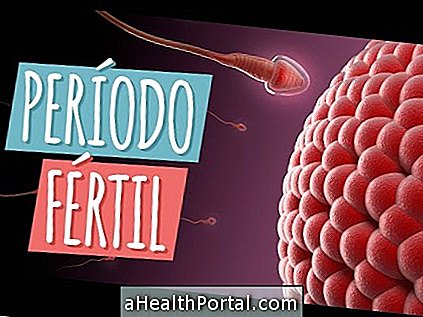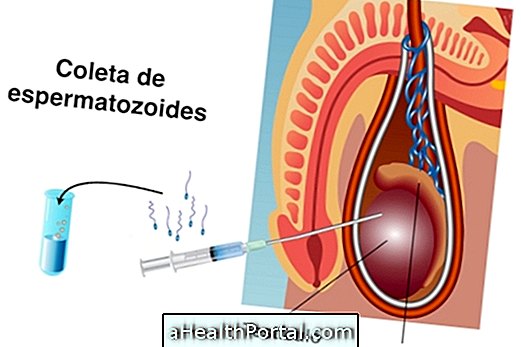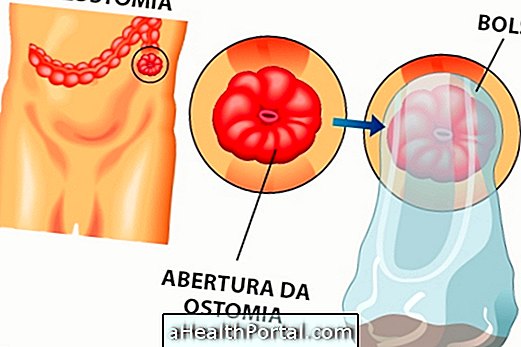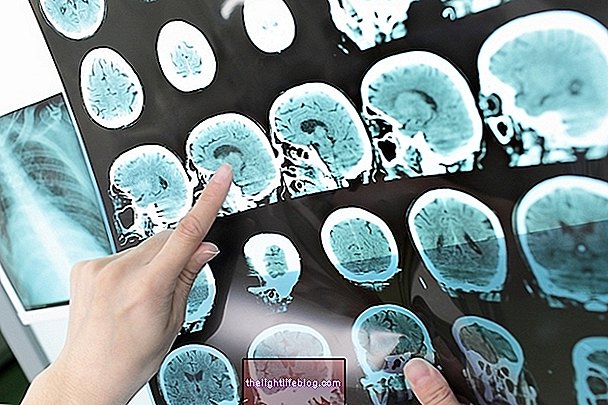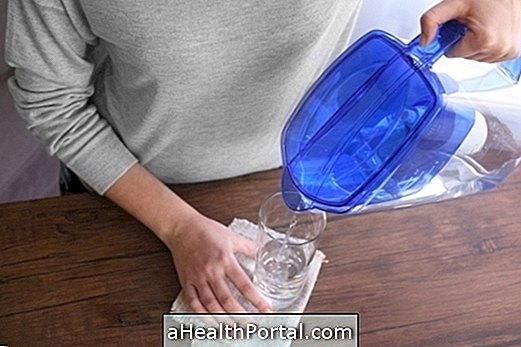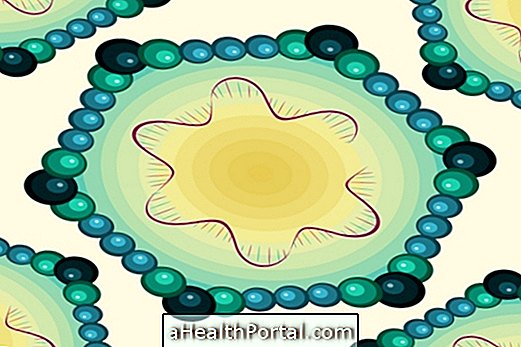Endometriosis is the implantation of uterine tissue into other organs of the woman's body, such as ovaries, bladder and bowel, causing inflammation and abdominal pain. However, it is often difficult to detect the presence of this disease, as the symptoms occur more frequently during menstruation, which can confuse the woman.
To know if the pain is only menstrual cramps or is being caused by endometriosis, one must be aware of the intensity and location of the pain, and the presence of endometriosis should be suspected when there is:
- Menstrual cramps very intense or more intense than usual;
- Abdominal cramps outside the menstrual period;
- Very abundant bleeding;
- Pain during intimate contact;
- Bleeding or pain in the urine or bowel during menstruation;
- Chronic fatigue;
- Difficulty getting pregnant.
However, before confirming endometriosis, it is necessary to exclude other diseases that also cause these symptoms, such as irritable bowel syndrome, pelvic inflammatory disease or urinary tract infection, for example.

How To Diagnose Endometriosis
In the presence of signs and symptoms that indicate endometriosis, the gynecologist should be sought to evaluate the characteristics of pain and menstrual flow, and to perform the physical and imaging tests, such as transvaginal ultrasound, which may lead to the diagnosis .
In some cases, the diagnosis may not be conclusive, and a videolaparoscopy is indicated for confirmation, which is a surgical procedure with a camera that will look for, in the various organs of the abdomen, if uterine tissue is developing.
Then treatment is started, which can be with contraceptive or surgery. Learn more about how treatment is done for endometriosis.

